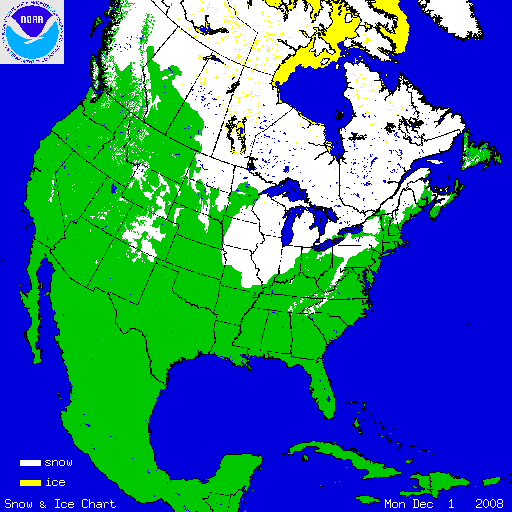A series of guest blog entries by Dr. Kevin Czakjowski on the 2008 Surface Temperature Field Campaign will be interleaved with the regular Chief Scientist blogs. See the Introduction to the Surface Temperature Field Campaign.
I’ve often written about clouds on this blog. They are so easy to observe. Today I’m writing about birds since they are easy to observe as well.
It’s fun to watch birds. Many people spend their lives counting how many birds they have seen over their lifetime. I started doing this recently as well. But I find the more interesting part of my “life list” tends to be notes about what the birds are doing. For example, “We saw a half-dozen Yellow-Headed Blackbirds foraging on a lawn in the middle of a blizzard,” or “The fledgling Kestrels were learning how to fly under the watchful eye of both parents,” or, “At sunrise, we watched the Crows fly from the foothills to the west into town for a day of feeding.”
Although a pair of binoculars helps in watching those birds that are small or far away, you can see an amazing amount close up. This is particularly so for tamer ducks or geese. In the United States, we often see Mallards or Canada Geese (Figure 1). And many are not too afraid of people, so you can watch them without disturbing them too much.

Figure 1. Male Mallards (right) swimming with a Canada Goose. Little Dixie Lake, Boone County, Missouri, U.S.A.
Mallards have an interesting way of feeding. Their front ends go under water and their back ends tip into the air. This is called “dabbling” (Figure 2). Mallards eat mostly plants – grains, seeds of some trees, bulrushes; but they also eat some animal matter as well, such as mollusks, insects, tadpoles, snails, and so on.

Figure 2. Dabbling Mallards. Also at Little Dixie Lake
Unlike watching clouds, you can “watch birds” without looking at them. When I was a teenager, I went birding with a blind man on the island of Oahu in Hawaii. He could tell what birds were around simply by their calls – and maybe a little bit from the noise the birds make as they move around, since some species sit in one place, and others flit around. He would describe to me what the bird looked like and point in the direction the sound came from. I met another birder who often observed birds from their sound. He starting doing this because he was a runner, and he didn’t want to have to stop and look. And knowing the bird sounds is useful when you simply can’t locate a bird hiding in a tree or bush. And you don’t need binoculars.
It’s important to stay far away from wild birds or their nests. During nesting seasons, many parks and nature reserves close nesting areas so that the birds can raise their young undisturbed. Also, you shouldn’t feed the birds in wild places. If you want to watch wild birds, you should keep your distance and use binoculars. Or watch them from a blind, or if you are lucky enough, through the window of your home or school.
Birds and the Seasons
The migration of birds in the spring and fall has thrilled people for centuries. In North America, we like to hear the honking of geese flying overhead during the spring and fall. The Canada Geese fly in large V-formations. This enables the geese to the rear to benefit from the air currents created by the geese in front. If you watch closely, you will see them change places once in a while.
Although you can enjoy birds any time of year, the best times to watch birds is in the spring, when the males are singing to attract mates. Each species has a different song, and the songs can vary from place to place. Or even, though less so, from bird to bird. At this time, it’s even more important to keep your distance and use binoculars to watch them.
Why do birds migrate? No one knows for sure, but it probably has to do with finding food and a safe place to make a nest. And this will vary, like migrations, with the type of bird. In the far north, for example, there are fewer predators that could survive through the harsh winters, so nesting there might be a bit safer for birds that nest on the ground during the summers. Insect-eating birds won’t want to spend much time in an area when the temperature is too cold for insects.
One interesting topic that scientists are studying now is how climate change affects bird populations. Many scientists have found that birds arrive earlier in the spring than they used to. Also, some birds are extending their ranges northward. In the GLOBE Seasons and Biomes/IPY Pole-to-Pole video conference (see March 2007 blog), one of the teachers noted that Magpies were reaching farther northward into Alaska, for example. Scientists continue to try to sort out the role of climate change in the changes of numbers of different types of birds. There are many other factors to consider, such as the number and type of predators, changes in land use, and the use of pesticides.
What birds are you seeing this season? Ask older members of your family if the types of birds are different now, or if their numbers have changed.
And, if you are interested in further information about observing hummingbirds, go to This Week at Hilton Pond.









